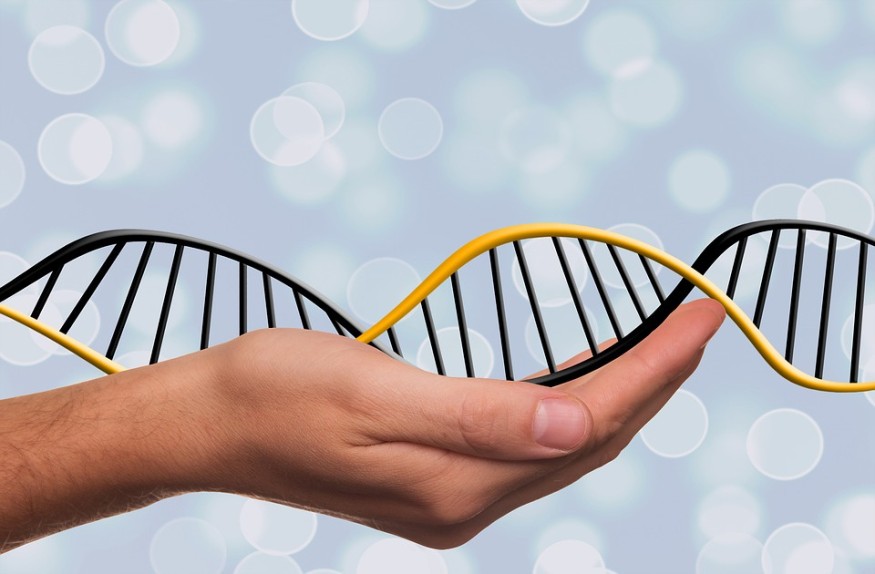DNA can now be used to revive extinct species of animals and plants whose genome sequences may be used to resurrect species that have been wiped out.
Considerations and obstacles
It is indeed possible, but there are technical obstacles, ethics, ecological implications, and even financial concerns.
Reviving extinct species requires many considerations. We should ask if the species in question can adapt to our present environment. They might also affect the ecological balance in the ecosystem they will occupy and even become harmful invasive species that negatively affect existing native species in the area.
Another consideration is cost. Spending millions of dollars to produce a handful of individuals may be better spent on other, more productive scientific pursuits and research.
Species revivalism and resurrection science
There is a current worldwide effort to bring back lost species scientifically.
There are three dominant ways of doing this: selective breeding, gene editing, or cloning.
Selective breeding
A type of selective breeding known as back breeding can be made, where individuals of a related extant species are selected for ancient or older characteristics. By breeding them many times, the extinct traits start becoming familiar once again.
This needs a certain level of genetic presence of the characteristic desired; furthermore, these genes should not be mutated and must be functional.
This method will only recover one or a few characteristics and not the entire extinct creature.

Gene editing
Meanwhile, cloning and gene editing can produce hybrids of the extant and extinct animals. A current example is the effort of George M. Church, a professor at Harvard University, to make a hybrid of the elephant and wooly mammoth.
Gene editing involves taking DNA from an extinct species and sequencing it Gin order to reconstruct its genome. Using this genome, a closely related, living animal will have its genome-edited to resemble that of the extinct species.
The living species will then have their sperm and egg DNA altered to match the extinct DNA; then, these will be fertilized and implanted in the living close relative to produce a baby of the extinct species.
Cloning
Cloning an extinct animal means taking its nucleus where the DNA is mostly located, and then putting it in an egg cell whose nucleus has been removed. The egg cell is then fertilized and placed in a surrogate mother.
Dolly, a sheep, is the first-ever mammal that was cloned. So far, horses, pigs, dogs, and other animals have already been cloned.
Ethical considerations
There is an excellent reason to bring back an extinct species if it was humans who caused its extinction in the first place.
Next to be considered is if it would be worth bringing back the species, especially if there is doubt of it living and thriving in the current environment. It could also become a pest species or an invasive species that will negatively affect other species that it will displace.
Many of the original forests have already been degraded and gone. Many resurrected species may fail to thrive in the new environment, causing the time, effort, and money to bring them back to go to waste.
It is also now possible to revive extinct genes to get their fragrances, like what they did with the mountain hibiscus, the hau kuahiwi.
In the end, there may be a good reason to use DNA and genome sequences to at least resurrect species parts, such as essential organs, biochemicals, or genes, that have benefits for humans and nature, if not entire extinct species.
READ NEXT: Carnian Pluvial Episode: The Mass Extinction That Brought Dinosaurs to Power
Check out more news and information on Extinct Species on Nature World News.
© 2025 NatureWorldNews.com All rights reserved. Do not reproduce without permission.





